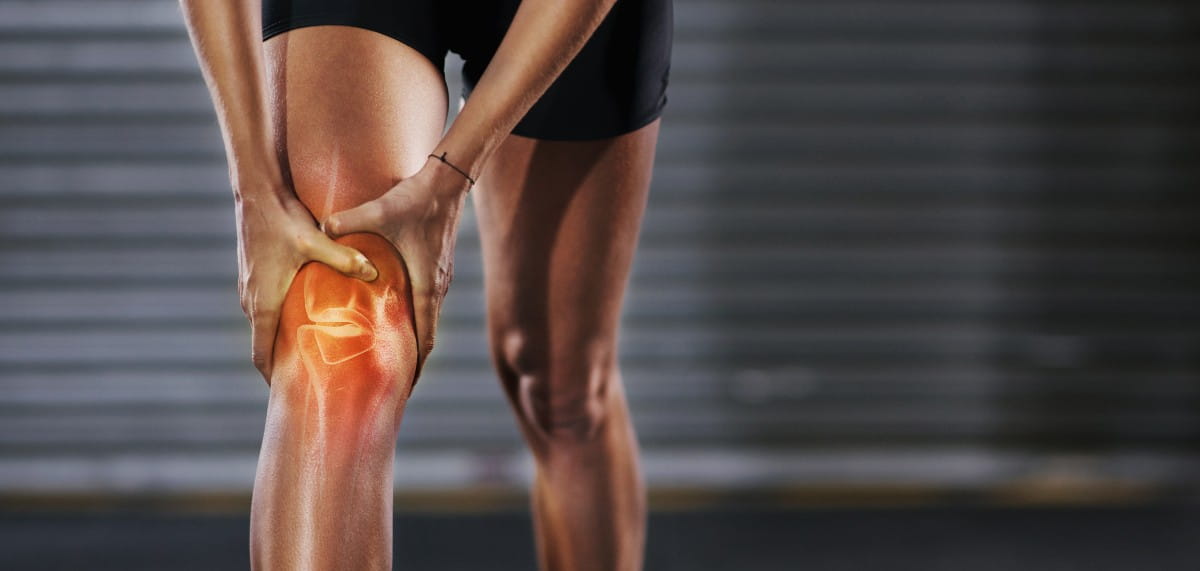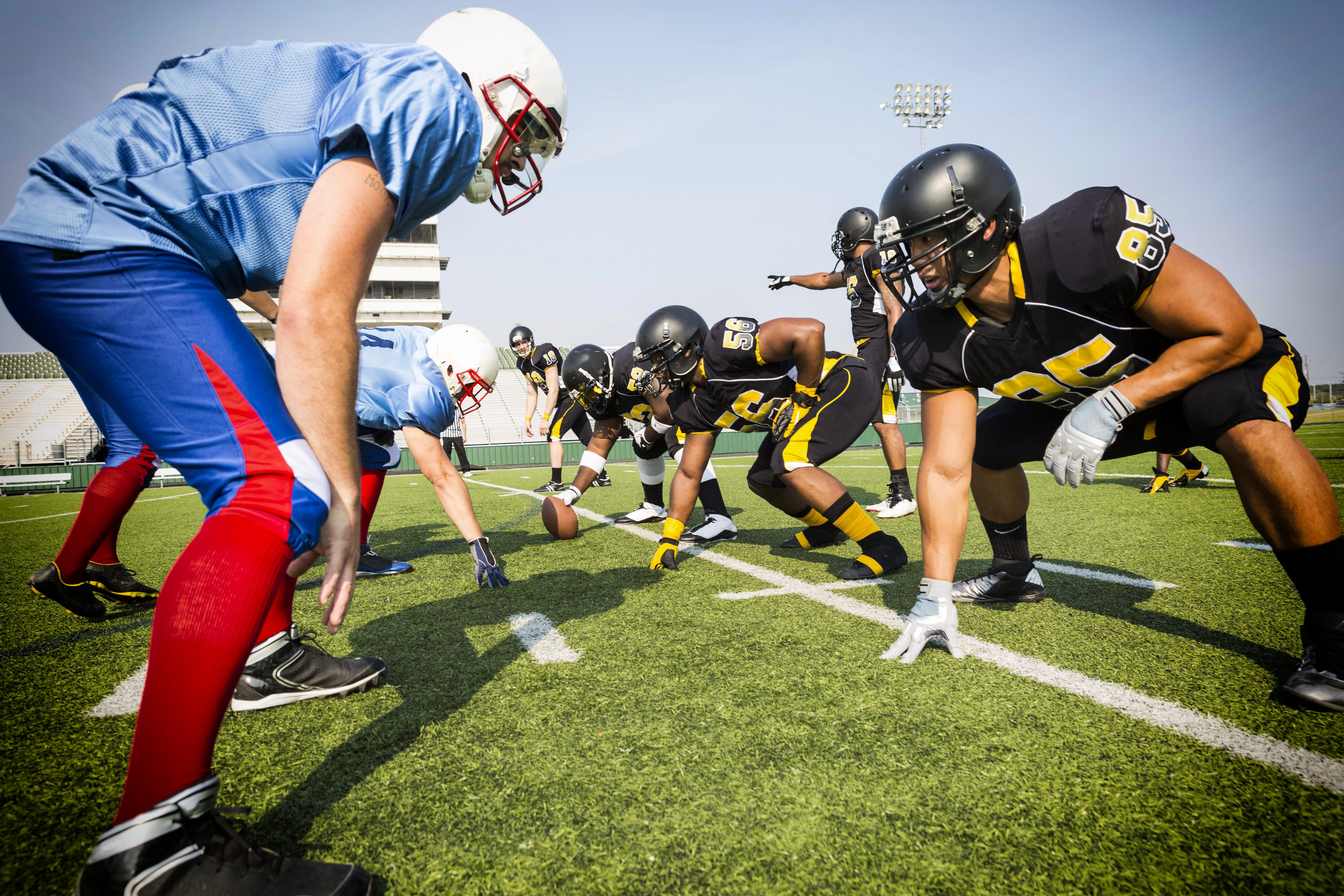An ACL tear can feel like a devastating setback – for athletes at any level. Fortunately, with the right treatment plan that often includes surgery and physical therapy, most athletes can return to play their favorite sports stronger and more resilient.
What Is the ACL?
The anterior cruciate ligament (ACL) is one of the four main ligaments that stabilize your knee joint. It connects your thigh bone (femur) to your shinbone (tibia) and plays a crucial role in maintaining knee stability during rapid movements.
“Athletes often don’t realize how much strain their knees endure during quick pivots and jumps.” explains Scott R. Kling, M.D., board-certified orthopedic surgeon with Riverside Orthopedic and Sports Medicine Specialists. “Since the ACL stabilizes your knee, when it’s torn, your knee can buckle.”
What Causes an ACL Tear?

ACL injuries are most common in sports that involve cutting, pivoting or sudden stops. Athletes in football, soccer, lacrosse, basketball, tennis and skiing are at a higher risk. A torn ACL can result from:
- Sudden changes in direction or speed
- Improper landing from a jump
- Direct impact to the knee, such as during a tackle
- Overextension or twisting of the knee joint
Recognizing ACL Tear Symptoms
Understanding the signs of an ACL injury can help you seek timely treatment. Common symptoms of a torn ACL include:
- A loud “pop” or popping sensation in the knee
- Immediate and severe pain
- Rapid swelling within hours of injury
- Difficulty bearing weight on the leg
- Knee instability or “buckling”
- Decreased range of motion
Sometimes the ligament is only sprained, but partial or complete tears are also common. According to data published by the National Institutes of Health, over 400,000 ACL reconstruction surgeries are performed annually in the U.S.
Treatment Options for a Torn ACL
Recommended treatment varies based on how severe the ligament damage is and how physically active the individual is in daily life or in sports. In some cases, physical therapy may be sufficient, especially for individuals who lead a less active lifestyle.
However, ACL reconstruction surgery is often recommended when:
- Multiple ligaments or the meniscus are also damaged (about 50% of ACL injuries involve a meniscal tear)
- The injury impairs athletic performance
- The knee gives out during routine activities
- The patient is young and active
During surgery, an orthopedic specialist reconstructs the ligament using a tendon graft, either from the patient (autograft) or a donor (allograft).
ACL Surgery Recovery Timeline
Recovery after ACL surgery can take anywhere from 6 to 12 months, depending on the patient’s age, physical condition and rehabilitation progress. Physical therapy is crucial to restoring strength, flexibility and range of motion.
Can You Prevent an ACL Tear?
While not all knee injuries are preventable, certain strategies can reduce your risk:
“Strength training is one way to reduce the odds of injuring your ACL,” Dr. Kling says. “Another way is to pay attention to biomechanics – how your body and knee line up and move while playing sports and exercising.”
Here are some proven prevention strategies:
- Focus on hamstring strength and overall leg muscle conditioning
- Train your core, hips and pelvis to support proper body alignment
- Learn proper techniques for jumping, landing and cutting movements
- Wear sport-specific footwear and protective gear
- Warm up adequately before workouts and games
When to See a Sports Medicine Specialist
If you experience symptoms consistent with an ACL injury or have suffered a knee trauma, it's important to consult a medical professional. Some injuries may require immediate attention in an emergency setting, especially if the knee is locked or severely unstable.
Schedule an appointment online so you can be evaluated right away.
Riverside OrthoConnect has next business day appointment availability in most cases.
Or call the Riverside Sports Medicine Hotline at 757-534-6767, from 7am-10pm, 7 days a week to schedule an appointment with a sports medicine specialist. Same day/next day availability in most cases.


